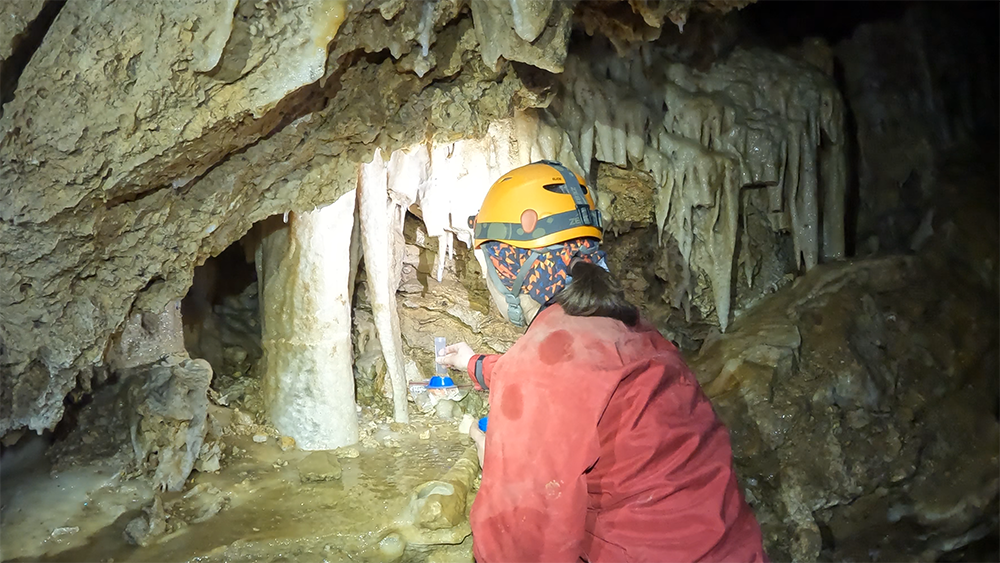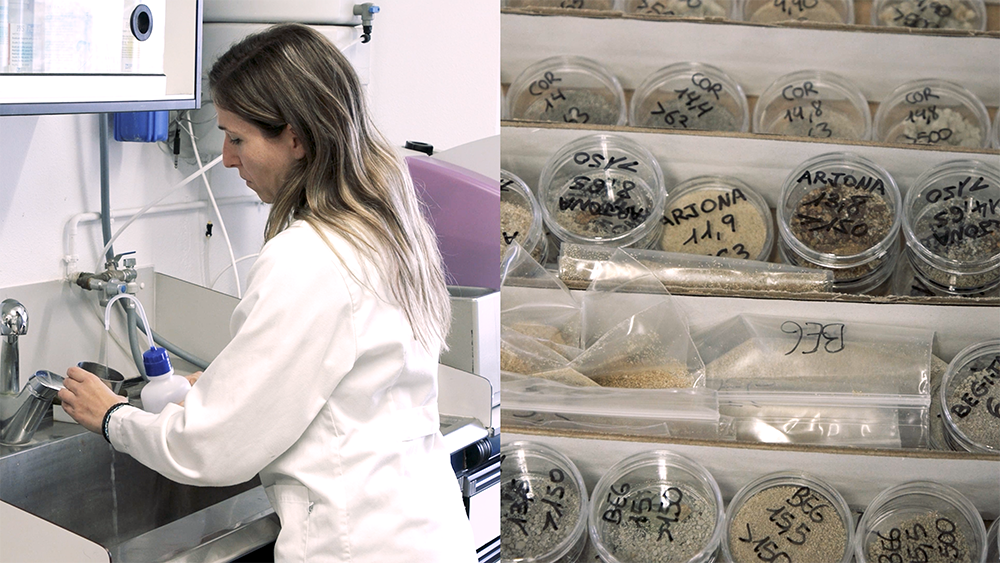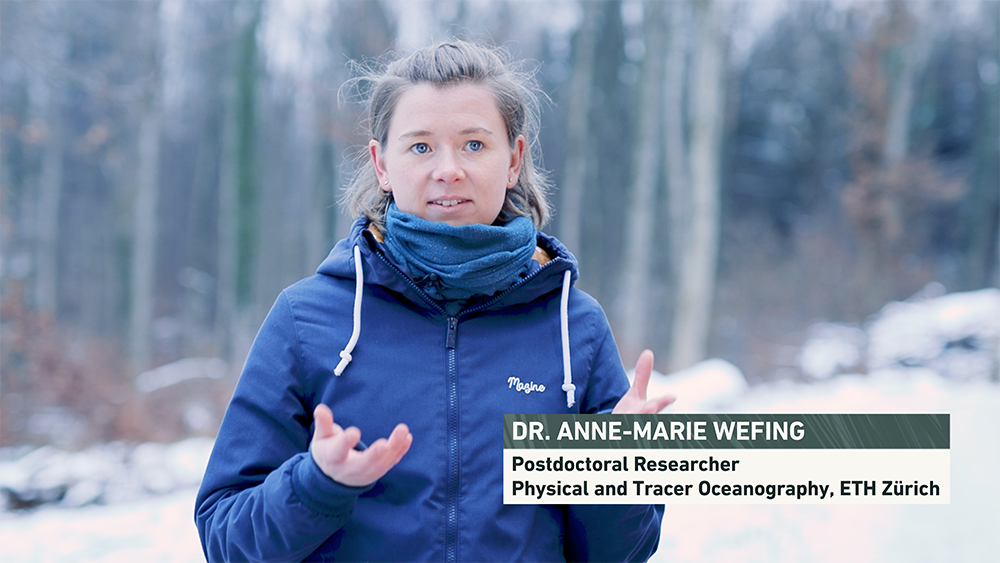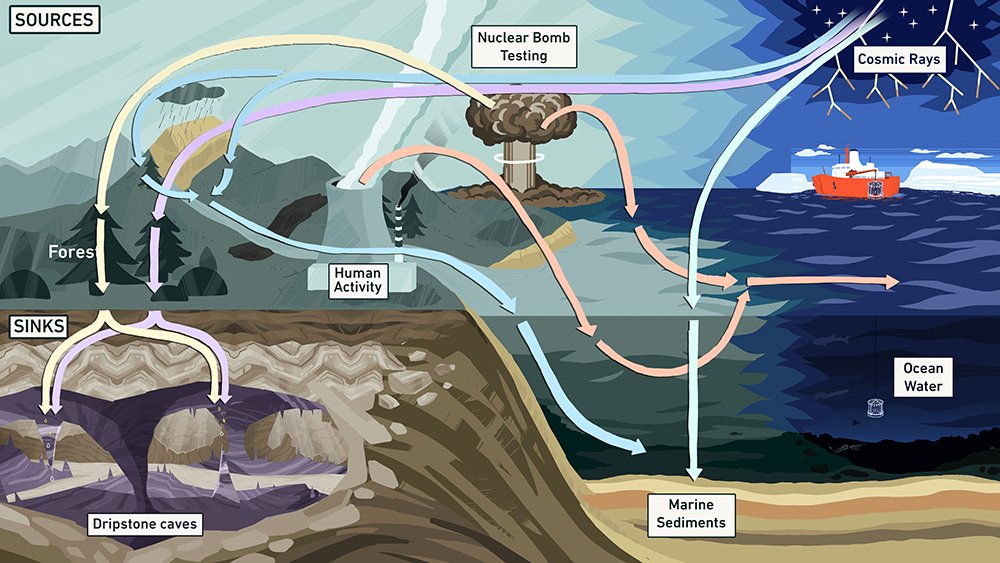Radionuclides as environmental tracers
ETHZ D-PHYS, D-USYS, D-ERDW, Department of Physics, D-PHYS D-USYS D-ERDW
The blended learning course “Radionuclides as environmental tracers”, offered by D-PHYS, D-ERDW and D-USYS, explores how radionuclides can be used as tracers to understand environmental processes. The course is aimed at master’s and doctoral students and is divided into lectures that focus on one case study per lecture.
To make the learning process more visual and interactive, we created a video series that guides students through the key aspects of each case study. Each video includes an introduction to the topic, expert interviews, animations, and a voice-over that explains the scientific content in an engaging and accessible way.
-
Departments:
A collaboration between MML
and ETHs D-Phys, D-Usys and D-Erdw
Educational Content Development:
Dr. Caroline Welte
Prof. Núria Casacuberta Arola
Dr. Anne-Marie WefingContent Experts:
Prof. Thomas Blattmann
Dr. Franziska Lechleitner
Dr. Anne-Marie Wefing
Prof. Blanca Austin
Dr. Marc Luescher
Dr. Caroline Welte
Prof. Núria Casacuberta ArolProject Lead MML Team
Judith Rehmann M.A.
Voice Over:
Louise RookScript Development:
Dr. Caroline Welte
Judith Rehmann M.A.
Dr. Anna Garry
Camera:
Ave-Lii Idavain M.A.
Kateryna Makerenko
Dr. Jeanine Reutemann
Art, Visual Design and Animation:
Hannes Oehen
Jane Gebel M.A.Postproduction and Sounddesign:
Dr. Jeanine Reutemann
Carlo Roman Picaso M.A.
Kateryna Makarenko
Backstopping:
Dr. Gerd Kortemeyer
-
Target Group:
Master Students of Physics
Environmental Sciences
Earth SciencesImplementation:
Blended Learning, Mooc – September 2023Products:
7 Videos, 4–6 minutes long
Animated Videos
Production Process & Stills
The visual style of "Radionuclides as Environmental Tracers" series was carefully crafted to balance both scientific accuracy and visual appeal. The use of on-location footage of sampling in various environments, such as caves, rivers, and the arctic, immerses the viewer in the real-world application of the science. The 2D animations, with their unique style, complement the footage and serve as a tool to explain complex scientific concepts in an engaging and accessible way.
The use of a different color palette for each case study creates a visually stunning and cohesive world that invites viewers to explore and learn more about the subject matter. The combination of these elements ensures that the series is both informative and visually appealing.












Process Illustration

Existing Illustration


Final Illustration








